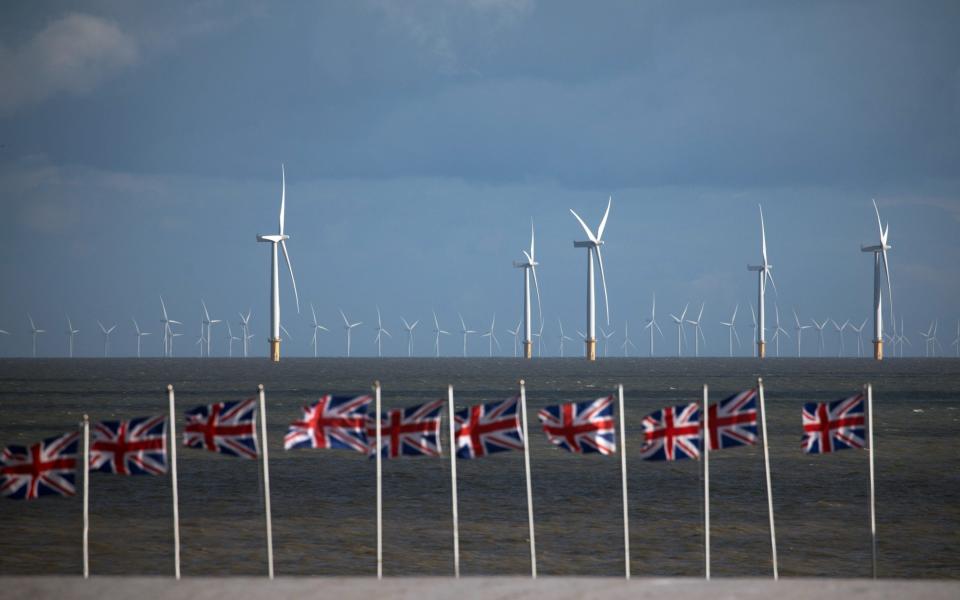How offshore wind became such a good bet

Plans to offer offshore wind developers guaranteed prices of more than £100 per MWh to try to encourage the industry were met with derision less than a decade ago.
Among the sceptics was Boris Johnson, London mayor at the time, who insisted wind farms couldn’t “pull the skin off a rice pudding” – as he wryly reminded observers this week.
How times have changed. The electricity price guaranteed to UK offshore wind developers has fallen by 70pc and Johnson, now Prime Minister, is hanging his hat on them to help the country cut carbon emissions to net zero and power “every home” within the decade.
In 2014, the government was dishing out contracts guaranteeing developers electricity prices of above £140 per MWh. Last year, developers accepted guarantees as low as £40 per MWh, fuelling excitement that no actual payments will be required. Such gains are reflected in falling costs to produce offshore wind around the world, as commitments to cut carbon emissions leads to policies that encourage competition.
Subsidies such as the guaranteed electricity prices in the UK have been key, giving certainty to investors about returns and therefore lowering the cost of finance. Financing costs account for 35pc to 50pc of overall generation cost, according to the International Energy Agency (IEA).
Efficiency has also been fuelled by huge advances on turbine height. Developers have competed to build taller, wider turbines that can capture more wind per rotation and better wind speeds.
From the first wind turbine in the US in the late 19th century, which reportedly had a 12kW capacity and a 17m rotor span, Siemens Gamesa earlier this year unveiled a turbine with 14MW capacity and rotor blades spanning 222m. Now developers are competing to build turbines on floating platforms far out in the ocean.
Development has created better supply chains and lowered costs for making and installing turbines. The IEA says that the average upfront cost to build a 1GW offshore wind project, including transmission costs, was $4bn (£3bn) in 2018, but is set to drop by 40pc over the decade.
But it is worth remembering that there are other costs to wind power. Wind is, of course, intermittent, and therefore, like solar power, needs careful managing to balance supply and demand. It also does not provide the grid with the stabilising effects of gas and nuclear power stations. In the UK, the costs of managing these effects is currently spread between industry, rather than added to generators’ costs.
It’s also worth noting that costs are not necessarily on a permanent downwards path. In the UK power market, the wholesale price of electricity is pushed down by renewable energy such as wind, as there is no fuel to pay for.
Lower wholesale prices could end up reducing returns to developers, potentially pushing back up the costs of financing, lowering the allure of investing, and decreasing competition.
After the gains, wind must be careful not to be victim of its own success.

 Yahoo Finance
Yahoo Finance 